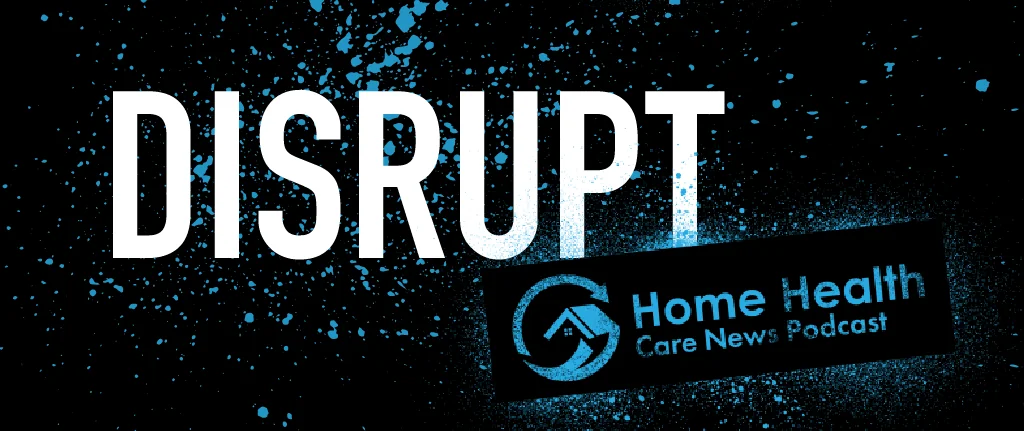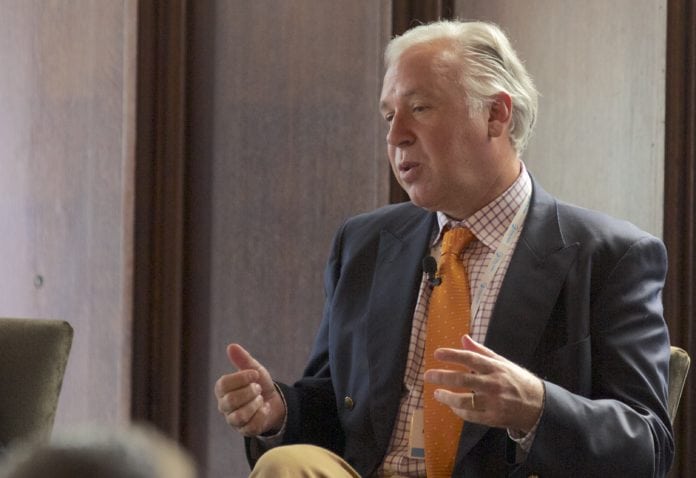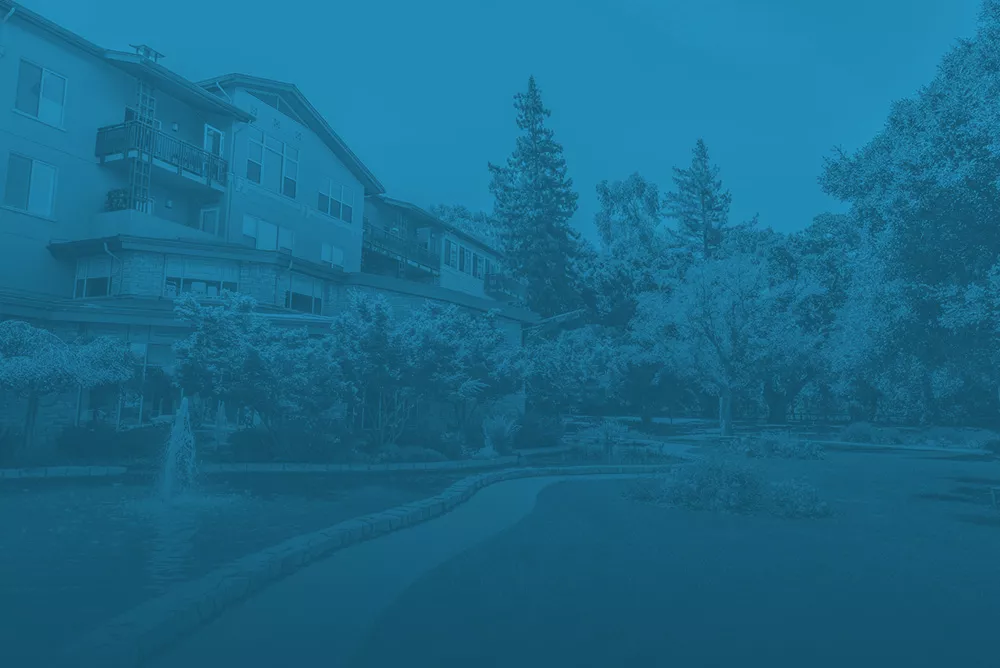Amedisys Inc. (Nasdaq: AMED) has long been a home health powerhouse. Under the leadership of CEO Paul Kusserow, however, the Baton Rouge, Louisiana-based provider is steadily building expansive hospice and personal care footprints as well.
For proof, look no further than the industry-shaping Compassionate Care Hospice deal for $340 million.
Part of Amedisys’s hospice-centric strategy ties back ot the Patient-Driven Groupings Model (PDGM), Kusserow told Home Health Care News during a recent Disrupt apperance. Subscribe to Disrupt via Apple Podcasts, Google Play Music, SoundCloud or your favorite podcast app.
In addition to Amedisys’s hospice outlook, Kusserow also spoke about his company’s PDGM preparation plans while on Disrupt, while also sharing some of his biggest concerns for the looming payment overhaul.
Below are some highlights from HHCN’s conversation with Kusserow, edited for length and clarity.
HHCN: You reported on your fourth quarter and year-end financial results in February. Looking back, how do you feel about the year?
Kusserow: We feel really good. As I said on our call, we feel like we hit on all cylinders for the first time, which was gratifying. We got a straight-A report card.
We did over 10 million visits. We pushed our star scores up to 4.4. We did the Compassionate Care Hospice deal, which catapulted us into a major hospice player, so we’re excited about that. We’ll be the third-largest in the country.
We made investments into Medalogix, which helped our analytics capabilities.
We focus on three things for our company. Our focus on great patient care, being the employer of choice and making sure our employees have the best tools available. When all that happens, we do well and grow. We grew our EBITDA almost $40 million, which is extraordinary.
We focus on taking care of our patients and employees. In turn, financial results fall very nicely.
There were several highlights there: Compassionate Care Hospice, Medalogix and quality. Was there something in particular that stood out to you personally as the crowning achievement of 2018?
I’d say the crowning achievement is always quality — then turnover.
The other thing I feel really good about is the fact 2018 basically had no acquisitions. When I started — and I don’t follow stock prices on a daily basis — we were in the low $20 per share range. We’re in the $120 per share range now. We basically took the stock price up 5-times — 6-times when it’s running high — organically.
We’re going to touch in PDGM and some other important topics in a second. But you also have some news to share, I’m told.
We’ve hired a point person to help drive our innovation efforts — a senior vice president of innovations. Sandra Schrauf is the newest member of our team. She comes from the Advisory Board and is a McKinsey & Company person like myself.
She has done some very impressive things at the Advisory Board, where I’ve also worked as well.
We’re excited. This is part of the opportunities you see when you have a growing company and good financials. You can start to put efforts into innovation. She started in March and is doing a fantastic job. We’re going to be teeing up and putting money into certain innovations — a variety of things, including hospital-at-home, more palliative care, using new technologies such as Medalogix to drive care coordination.
Like all home health providers, Amedisys is facing a lot of change for 2019. I’m thinking of preparing for PDGM. In what ways will Amedisys be affected, in your view?
The interesting thing about PDGM — which is both a good thing and a bad thing — is it’s still emerging. I don’t believe PDGM has settled yet. I think PDGM will occur — for sure — but I’m not sure the behavioral adjustment elements, which are fairly draconian, will be full.
I’m not sure policymakers are going to do major payment reform and then add on a 6.4% cut on that — fundamentally based on behavioral assumptions. We’ve been working with the Senate and have dropped a bill there. We’re working with a House and expect a bill to be dropped there within the next couple of weeks.
I’ve been at the Centers for Medicare & Medicaid Services (CMS) quite a lot and have had some very good conversations with the administrator, some of the other folks about what the impact of PDGM potentially could be on the home health industry.
I think they’re starting to listen. We’re having more dialogue with them.
We’re hopeful that [PDGM] will be mitigated somewhat. But that being said, it is major reform, so we’re prepping for it very intently. Ever since it was announced, we’ve basically been heads down and working on it.
We believe there are some elements that can be done through utilization management. We believe there are some elements that can be done in terms of utilizing different staff. What I’m frankly worried about is the rest of the industry. I think you can say there will be some people who don’t know what’s coming — I think that’s going to be a problem.
But at the same time, I look at my balance sheet, and I have plenty of money. I think, “Wow. Those people who don’t know what’s coming … once we figure out what the effects of PDGM will be, there will be potentially good places to go and acquire.”
Either way, we’re thinking this is going to be an opportunity for us, to be honest with you.
There are the changes to therapy reimbursement as well — generally the move by CMS to base payment more on patient characteristics than on the volume of services provided. Is that going to change how Amedisys provides therapy services at all?
For anybody to say it won’t … I think that’s disingenuous. We believe therapy is essential to a lot of home health. The question is how we fit it in — and how we add it to our care plans. I think what you’re going to see is — with the more disciplined folks who are out there — a lot of rigor around making sure we do care planning and documentation right. Then making sure we have the right caregivers delivering the right care at the right time.
But, yeah, one of the key takeaways we’ve gotten in visiting with CMS is they believe there’s been over-utilization of therapy. We don’t necessarily agree.
What other concerns do you have about PDGM and where things are heading?
People are chronically ill. A lot of times, you can use home health to avoid the hospital in the first place. Here, what CMS is doing is incentivizing people — and providers like us — to go to the hospital to get our home health.
I think this is largely a MedPAC-driven area. They seem to believe that home health should be pigeonholed into something that’s purely post-acute, purely coming out of hospitals.
I see home health — and I think the rest of the industry does, though I don’t think CMS is there yet — as something that can really do a good job of keeping people in the community, out of institutions.
CMS, by doing PDGM this way, has put us right back into taking care of people coming out of hospitals. That limits us. That’s an area we’re also pushing back against very firmly. There shouldn’t be a bias. If somebody is home health-ready and they fit the criteria of home health, regardless of coming out of an institution or community, we should be able to take care of them without any payment bias.
Let’s talk about the Compassionate Care Hospice deal. With that deal completed, as you said, Amedisys becomes the third-largest hospice provider in the nation. Why so bullish on hospice?
One of the things you have to consider as a company is, “What do you have in your portfolio?” We have home health and hospice. We have a small — but growing — personal care business as well.
Right now, considering some of the ambiguity that exists in home health, we’re doubling down on hospice. When I first showed up here about four years ago, we had a very small hospice business. Basically on our own — and thanks to our hospice people — we doubled that business.
No acquisitions — no nothing. We just doubled the business.
We became very good at it. I look at [hospice] and I look at some of the headwinds we have in home health … I look at the huge amounts of cash we’ve been generating because we’ve been running the business well, paying off all our debt … and we said, “Ok. Where do we want to go?”
The regulatory environment in hospice has been very good. The reimbursement environment as been very good. The economics of hospice are really good. And we do it really, really well. We said, “Let’s put our money into hospice.”
We’re going to continue to do so. We followed Compassionate Care with another acquisition — RoseRock — out in Tusla, Oklahoma.
We’ve been doing de novos. We’ll do seven de novos this year, so we’re starting up hospices where we have a really strong need for hospice, particularly where it overlaps with home health.
When we started out, we didn’t do any sort of cross-referrals. We didn’t really pass them along very well. Now we do. Where there’s overlap, about 70% of our patients go from home health to hospice. The other thing, too, is that allows us to expand into palliative care.
Reimbursement is hard in palliative care, but we’ve been growing it. We believe that’s a necessary offering to have in certain markets.
And you sourced the Compassionate Care deal in-house, correct?
I came out of Humana. I was the deal guy there. We did close to 40 deals and spent billions of dollars. That was fun. When I came here, my job was to clean up the company and get cash flow going — then go out and look for some acquisitions.
The problem was, we were getting to the table with some of these big deals that have been out there, but the prices were undoable. They made no economic sense. They still don’t make economic sense.
We have to be good financial stewards. So, after trying and losing on several deals — with what we believe were aggressive but the right prices — we said this isn’t working. We have to change the way we’re approaching it.
Basically what we said was, “Let’s get out there proactively before there’s any process with people we really want to engage with.” That’s what we did with Compassionate Care. I met with the owner, Milt. We had a very nice meeting. It took a year to get the deal done. We were able to understand what his needs were and come up with a very good price. We made it work for him and his employees.
I know it’s early on, but I’ve been hearing how Amedisys is involved in various risk-sharing pilots. Can you share some color on those?
We have 15 pilots now in 13 states. There are four different nuances in the pilots. They’re very basic pilots, but starting to take some risk. It’s gain-share risk. We’re working with three plans on this — one in Oregon, one national plan and one in Massachusetts.
We’re basically taking risk on quality scores, making sure we maintain highest quality scores with their patients, and on ACH rates, so readmission to hospitals. That’s very, very important to the economics of payers.
In a couple of instances, we’re trying to influence medication adherence.
And what about the upside you see in the predictive analytics firm Medalogix?
Medalogix is a wonderful analytics tool that has developed methodology to predict when people should go from home health to hospice. What they’ve also built out, though, are very nice tools to look at when somebody will likely be readmitted.
We’re using that tool in 43 care centers. Our people in those care centers every morning get a readout about the risk level of readmission is for their patients. We’ve also been working with them in terms of care planning and PDGM.
Companies featured in this article:
Amedisys, CMS, Compassionate Care Hospice, Medalogix, RoseRock Healthcare




